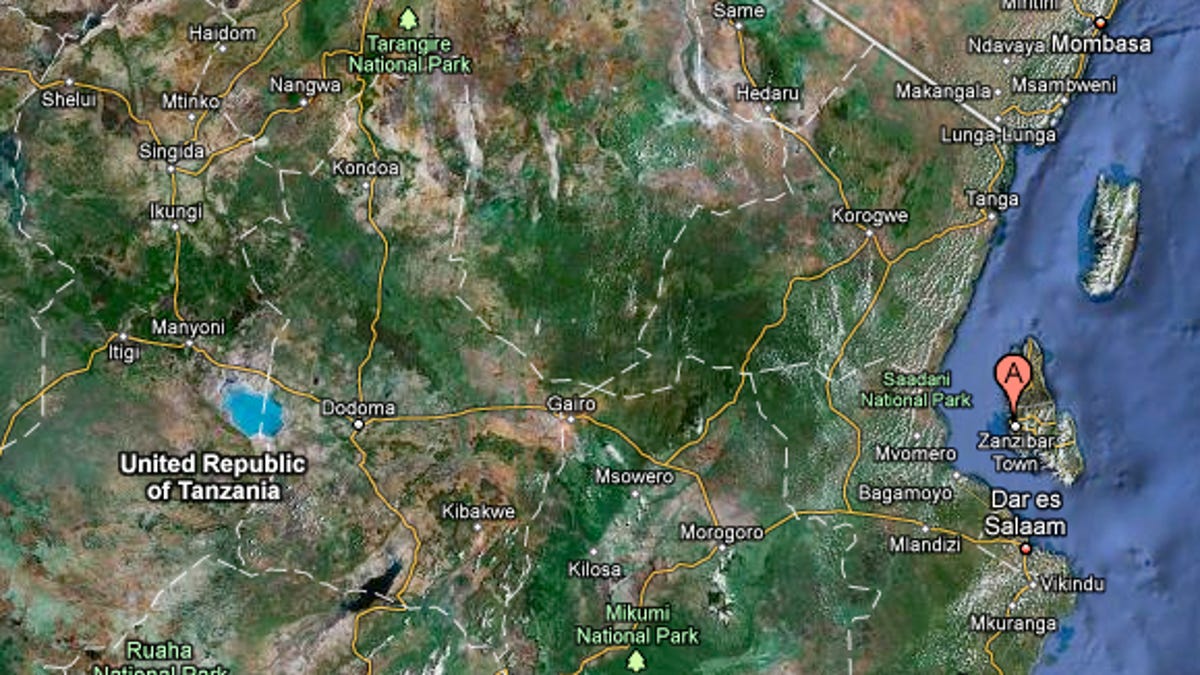Cell phone activity helps predict spread of malaria
Researchers at the University of Florida are predicting the spread of malaria based on analysis of more than 21 million cell phone calls that track where and how often Zanzibar residents travel.

Researchers at the University of Florida are predicting the spread of malaria based on their analysis of more than 21 million cell phone calls that track where and how often Zanzibar residents travel.
Zanzibar, a semi-autonomous region and tourist hot spot comprising two islands off the coast of East Africa's Tanzania, has commissioned this study as part of its consideration to launch a "total elimination" campaign. In recent years, Zanzibar has been able to drastically reduce new malaria infections through the use of bed nets and insecticide. But to make further progress, authorities wanted to get a sense of how malaria is spread throughout the country.
The millions of cell phone calls tracked during the study revealed that most of the 140,000 Zanzibar residents who leave the islands make short, one- or two-day trips by ferry to the relatively low-risk city of Dar es Salaam in mainland Tanzania. But a few hundred residents travel to and from high-risk areas farther inland, and it is this tiny minority that poses the greatest threat to infection rates.
"That group of the population is the real risk if Zanzibar wants to eliminate malaria," said Andy Tatem, an assistant professor of geography, member of U of F's Emerging Pathogens Institute, and lead author of a paper on the research likely to appear in the January issue of the Malaria Journal. "That is the population group that is likely to be continually reintroducing infection."
While people cannot directly transmit malaria to others, an infected person can spread malaria when bit by a mosquito, which can then go on to bite and infect other people. Tatem says that over the past decade Zanzibar's campaign against malaria has resulted in an incredible drop of infections--from 40 percent of its 1.2 million people (or roughly half a million) to less than 1 percent (12,000 people).
The cell phone records, taken from a three-month period in late 2008, contained no names or identifying information, but simply revealed the locations of 770,369 customers by showing each customer's call origins.
The records did not include non-residents visiting Zanzibar, many of whom are likely to travel to the region's historic spice trade center from countries without high rates of malaria. But mainlanders visiting regularly for work may carry infections, so future work will need to assess these risks, too, Tatem suggests.
In the end, the study presents a few possible--if expensive--options, should Zanzibar choose to move forward with a total elimination campaign. The government could give Zanzibar residents prophylactics against malaria before they travel; it could screen all residents as they return; or it could target and screen the highest-risk travelers. While this last may prove to be the least expensive option, targeting and screening people doesn't have a history of going over well.

